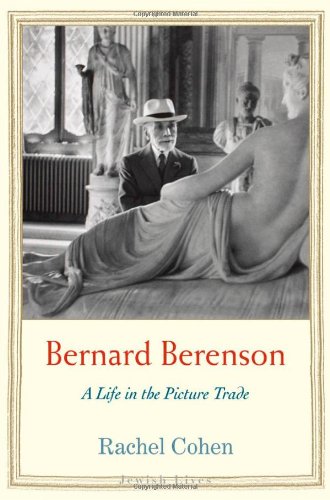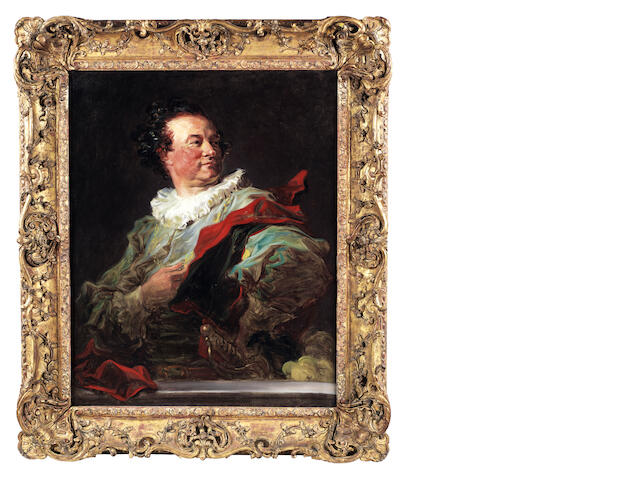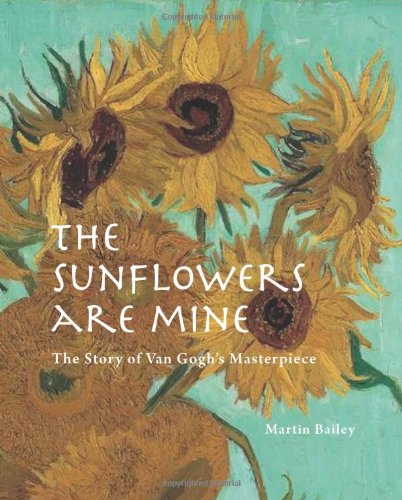 |
| Picture: Worcester Art Museum |
The Worcester Art Museum's new director has re-hung the collection and branded the display 'Remastered'. The branding has nothing to say about the art, but much to say about the 'visitor experience'. They claim it's about 'encouraging the viewer to make personal connections with and between the works', but it looks more like the kind of curatorial imperiousness that is already so widespread in contemporary art displays. Rather than deferring to the collection and helping visitors to understand and appreciate the art, it shifts the focus to the work of the curators in putting on glitzy displays.
A telling example arises with the picture above, which features in a new movie, American Hustle. In the move it's asserted that it's not a Rembrandt. The museum doesn't provide any wall text (too old-fashioned), but they have assured blogger Lee Rosenbaum that it is certainly a Rembrandt. Rosenbaum's criticism of Worcester's lack of wall text is spot on, but this painting is not in fact a Rembrandt! How revealing that for all the rhetorical deference to the audience, the museum asserts an untenable attribution rather than sharing knowledge.
We are being cheated when they tell us we're looking at a Rembrandt, but it isn't. There is of course room for debate about many attributions, and I don't blame museums for taking a different view from mine when it is well-founded and honestly held. But this is scarcely credible as a Rembrandt. Just as forgers cheat us by distorting our understanding of an artist's work, curators cheat us when they assert indefensible attributions.
Most recent authorities have ignored it. Albert Blankert rejects it ("not autograph" on the basis of a transparency in Rembrandt: A Genius and His Impact Waandars 1997: 145, but quoting favourable view from Peter Sutton in A Guide to Dutch Art in America 1986). Arthur Wheelock damns with faint praise, saying that it's "now attributed to Rembrandt and almost certainly produced in his studio" (Rembrandt's Late Religious Portraits University of Chicago Press 2005: 78).
I haven't seen the original and can't get a high-resolution image of the Worcester 'Rembrandt', but the brushwork seems more undifferentiated than a Rembrandt and the cloak and background seem poorly painted. The texture of the face imitates the liveliness of Rembrandt's early work without the master's subtlety and the chiaroscuro is ineffective. The artist has focused on surface effect at the expense of depicting solid form. The big, blocky hand is too crude for Rembrandt. It's probably from Rembrandt's school or circle, but in my view has no serious claim to be by the master himself. Of course caution is needed when expressing a view based only on a web image, but this seems sufficiently weak to opine with some confidence. There is at the very least a substantial burden of proof on Worcester Art Museum to defend its attribution.
The Worcester Art Museum thinks it's being hip by dispensing with labels and mixing things up. But it's doing us all a disservice. They have a responsibility as custodians to share their knowledge of the collection. They're excited about 'interaction and participation', but it will remain superficial interaction and participation if it isn't based on knowledge. They're inviting visitors to write their own labels, but a better start would be for the museum to get its own labels in order first.




























